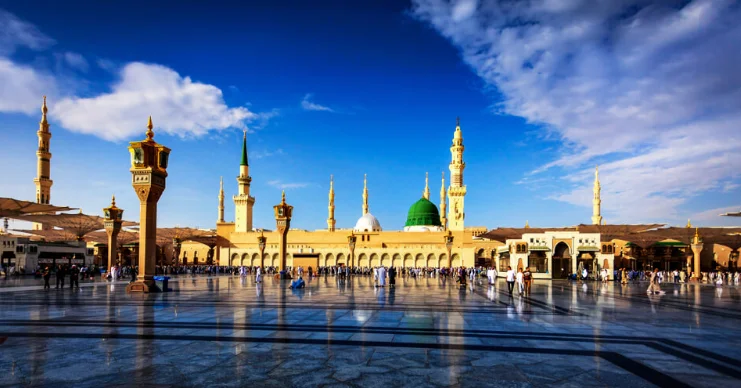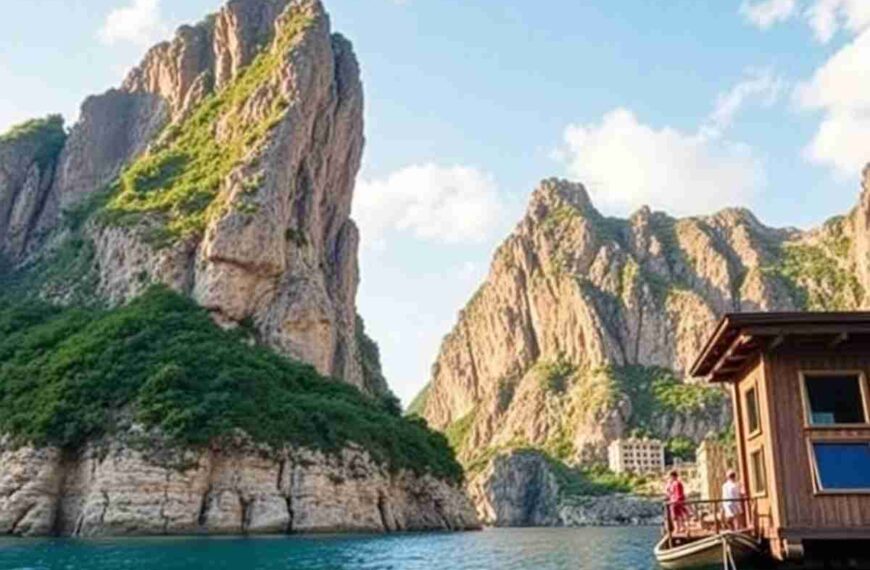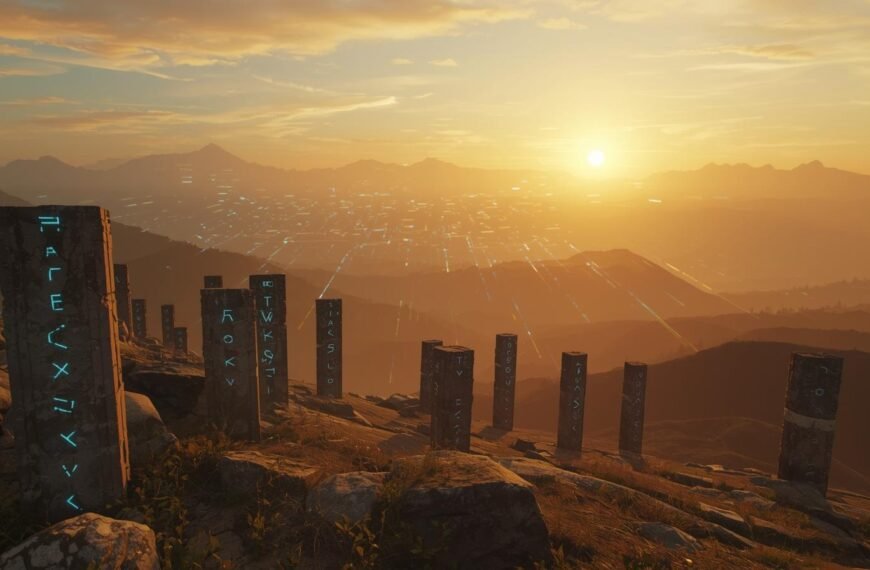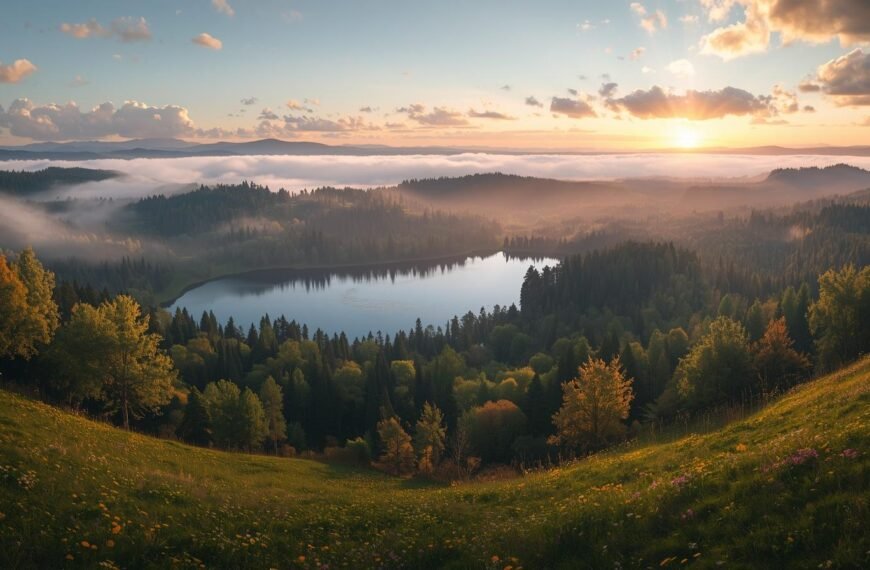Upper Mustang often known as the “Last Forbidden Kingdom,” is located behind the towering Himalayas, leads you to desert landscape, ancient Tibetan culture, and the haunting enigma preserved by decades of remoteness. Before 1992, the area was closed to outsiders is located in Northern Nepal near the Tibetan border. The trek is an adventurous journey like no other where the medieval caves, centuries-old monasteries, and the once-walled city of Lo Manthang all give a sense of timelessness.
The journey to the Upper Mustang has interesting semi-arid terrain with colorful striped rocks, deep gorges, and beautiful views of the Nilgiri, Annapurna, and Dhaulagiri. Trekkers will pass through traditional villages with a rich tapestry of Buddhist culture, language, and vibrant festivals.
Upper Mustang can be considered a moderate trek as it does not require any technical climbing techniques. Upper Mustang is a highly regulated trek due to the need to protect the area culturally and ecologically, which results in an extremely unique that requires special permits and a registered guide to enter. The 15 days Upper Mustang trekking is an amazing journey that perfectly combines myth, history, and stunning scenery in the amazing world of the Himalayas.
Brief history of Upper Mustang and its “forbidden” status
Upper Mustang was established as the Kingdom of Lo by Ame Pal, a Tibetan warrior from Western Tibet in the late 14th century is an independent Buddhist kingdom that lay along the ancient trade route from Tibet to India. This situation offers Upper Mustang incredible economic and cultural independence from the capital of Lo Manthang as the walled capital city of Upper Mustang was the center of religious life. Upper Mustang has a large connection to Tibet in the language they speak, characteristics of their architecture, and Buddhist practices.
Upper Mustang is known as “forbidden” due to its long-standing policy of limited access. After being annexed by Nepal in the late 18th century (1788), Upper Mustang was closed to foreigners under a strict policy until 1992 meant to protect their unique culture, fragile environment, and strategic geopolitics.
In the middle of the 20th century, Mustang’s remoteness was utilized as the base for Tibetan resistance fighters to fight against the Chinese occupation which was only more isolated when invading forces occupied the region. Today, permits and entry requirements continue to protect and preserve Upper Mustang’s ancient monasteries, caves, and Tibetan Buddhist culture.

Permits required (Restricted Area Permit + ACAP)
Trekking in Upper Mustang, often referred to as “Last Forbidden Kingdom,” is tightly regulated by the Nepalese Government. To protect the unique culture, permits, and regulations are made that make the place more special. Therefore, trekkers will need the Restricted Area Permit and the Annapurna Conservation Area Permit. The Restricted Area Permit is the most important and costly among the two requiring 500 USD for the first 10 days with an addition of 50 USD each day after the 10th day. This Permit is only issued through registered trekking agencies. Trekking in the area requires a licensed guide as solo trekking is prohibited.
The Annapurna Conservation Area Permits support funding for the conservation process taking place in the Annapurna region which costs USD 20. Both permits will be checked at numerous locations. This strict process helps to control visitor numbers and protect Upper Mustang’s ancient Tibetan-influenced culture, hundreds of years old monasteries, and delicate ecosystems of the high-altitude region. Getting permits and preparing for the trip will be easy when working with a reputable agency that will take care of all details for trekkers when it comes to meeting all government requirements.

Trek itinerary and major highlights
The Upper Mustang trek lasts for 14 days and is a memorable trek that starts with a scenic drive from Kathmandu to Pokhara, followed by a short flight or drive from Pokhara to Jomsom. The trek begins in Jomsom with a walk beside the Kali Gandaki River to Kagbeni, the gateway to Upper Mustang. At Kagbeni, trekkers ascend gradually through villages like Chele, Syangmoche, and Ghami. Throughout the trek, trekkers cross high passes like Taklam La and Yamada La which provide stunning views and interactions with ancient Tibetan Buddhist culture. The route continues through various villages to Charang before reaching Lo Manthang, the capital and hub of cultural activity for Mustang.
The trekking itinerary consists of a rest day in Lo Manthang, which lets trekkers explore the royal palace, local monasteries, and markets. Trekkers can see the mystery of the sky caves etched into cliffs which were believed to be ancient meditation and burial sites on a day trip to Chhoser. The route back to Jomsom retraces the route through Dhakmar, Ghiling, and Chuksang. Trekkers can return to Kathmandu or Pokhara after taking a flight and bus drive. The itinerary provides a good balance of cultural immersion, trekking time, and acclimatization opportunities between treks typically 4 to 7 hours of daily treks in 2,700 and 3,900 meters elevation.
Highlights:
⦁ Lo Manthang, the walled city of an ancient kingdom and now the capital of Upper Mustang offers an incredible blending of ancient Tibetan Buddhist culture.
⦁ Chhoser caves known as multi-story sky caves carved into cliff walls where meditation and burial are practiced.
⦁ Kagbeni, a trading town that has served as a stopover point and trade village for centuries, marks the pathway to Upper Mustang.
⦁ Taklam La and Yamada La passes, offer spectacular views of the Mustang landscape.
⦁ Ghami and Charang village’s architecture has retained its historical character and the ancient gompas remain.
⦁ The Kali Gandaki River valley with its a deep canyon and desert-like environment.
⦁ The royal palace of the king, monasteries, and gompas of Lo Manthang speak to the cultural life of the areas.
⦁ Interaction with locals and exploring the Tibetan-descended communities, maintain their customs from hundreds of years ago.
⦁ The trek has incredible views of the Himalayan Mountains including Annapurna, Dhaulagiri, Nilgiri, and many more from virtually any direction.
Costs and logistics
Upper Mustang Trekking is considerably more expensive than most other treks in Nepal because of the permitted area permit and logistics. Trekkers can typically find agencies that offer packages that cover not only permits but also a guide, porter, lodges, food, and transportation, ranging from USD 1,800 to USD 3,000 per person for a 12- to 18-day trek depending on the size of the group, services and trek route chosen.
The majority of accommodations are in tea houses with basic amenities. Trekkers require a pre-booking for a flight from Pokhara to Jomsom to begin the trek, especially during peak trekking times. The best months to trek Upper Mustang are from April to November, as Upper Mustang is in the rain shadow of the Himalayas avoiding the monsoon rains.
A packing list should include suitable clothing for cold weather and sunscreen to provide sun protection. Also, packing a sleeping bag will be useful even summer nights can get cold. Acclimatization is important as some high passes are above 4000m. Planning is necessary as the booked agency needs time to deal with permit processing and logistics.

Unique features compared to other treks in Nepal
Upper Mustang is unique among all the trekking regions of Nepal as it combines the culture, landscape, and remoteness of the area. Upper Mustang is a desert high-altitude area and vastly differs in its geographic profile from places like Annapurna and Everest. Upper Mustang is like no other trekking region because of the Tibetan Buddhist culture made possible due to the geographical and political isolation for centuries. The tors located on the canvas of incredibly tall cliffs, canyons, and colorful rock formations are striking characteristics of Upper Mustang.
Trekkers can participate in ancient rituals, festivals, and ways of life, all of which people might consider archaic or unchanged in the modern world. Upper Mustang is also heavily known for the sky caves, ancient buildings carved out of the cliff faces, which were used for meditation, burial, and habitation. Due to the absence of independent trekking in most remote regions, Upper Mustang has a limited number of people experiencing this sacred place. Most of the trekking routes in Nepal are seasonal but Upper Mustang provides flexibility in timing as it is a rain shadow location.
Conclusion
In summary, Upper Mustang is not only a trek but an expedition that offers a journey into a live museum of Himalayan culture and the chance to reconnect with a world that feels ancient and timeless, bringing adventure and discovery to your life.









